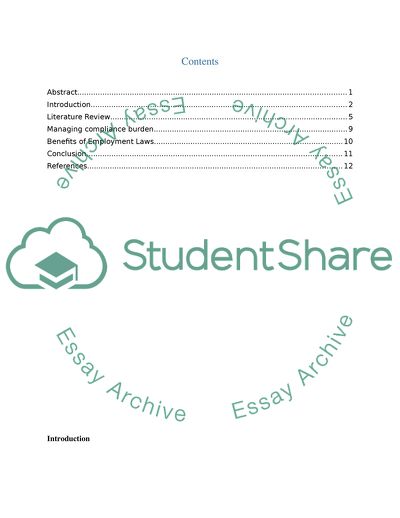Cite this document
(Employment Law Research Paper Essay Example | Topics and Well Written Essays - 2500 words, n.d.)
Employment Law Research Paper Essay Example | Topics and Well Written Essays - 2500 words. https://studentshare.org/law/1827376-employment-law-research-paper
Employment Law Research Paper Essay Example | Topics and Well Written Essays - 2500 words. https://studentshare.org/law/1827376-employment-law-research-paper
(Employment Law Research Paper Essay Example | Topics and Well Written Essays - 2500 Words)
Employment Law Research Paper Essay Example | Topics and Well Written Essays - 2500 Words. https://studentshare.org/law/1827376-employment-law-research-paper.
Employment Law Research Paper Essay Example | Topics and Well Written Essays - 2500 Words. https://studentshare.org/law/1827376-employment-law-research-paper.
“Employment Law Research Paper Essay Example | Topics and Well Written Essays - 2500 Words”. https://studentshare.org/law/1827376-employment-law-research-paper.


